 |
| Wall Street slows after peak, Fed cuts interest rates but no promise for the future |
The S&P 500 closed flat, down 0.30 points, or less than 0.1%, at 6,890.59. The Dow Jones Industrial Average lost 74.37 points, or 0.2%, to 47,632.00. The Nasdaq Composite, on the other hand, rose 130.98 points, or 0.5%, to 23,958.47, continued to be led by technology stocks. The Russell 2000, which represents small-cap companies, fell sharply by 0.9% to 2,484.81, reflecting some concerns about the broader economic outlook.
The main driver supporting Wall Street at the beginning of the session came from the decision to cut the operating interest rate by another 25 basis points, a step to stimulate consumption and support the slowing labor market. However, the excitement was quickly restrained after Fed Chairman Jerome Powell frankly stated that further easing in December "is not a certain conclusion." He emphasized: "That needs to be removed", at the same time admitting that internally the Fed has "very different views" on the direction of management in the coming time.
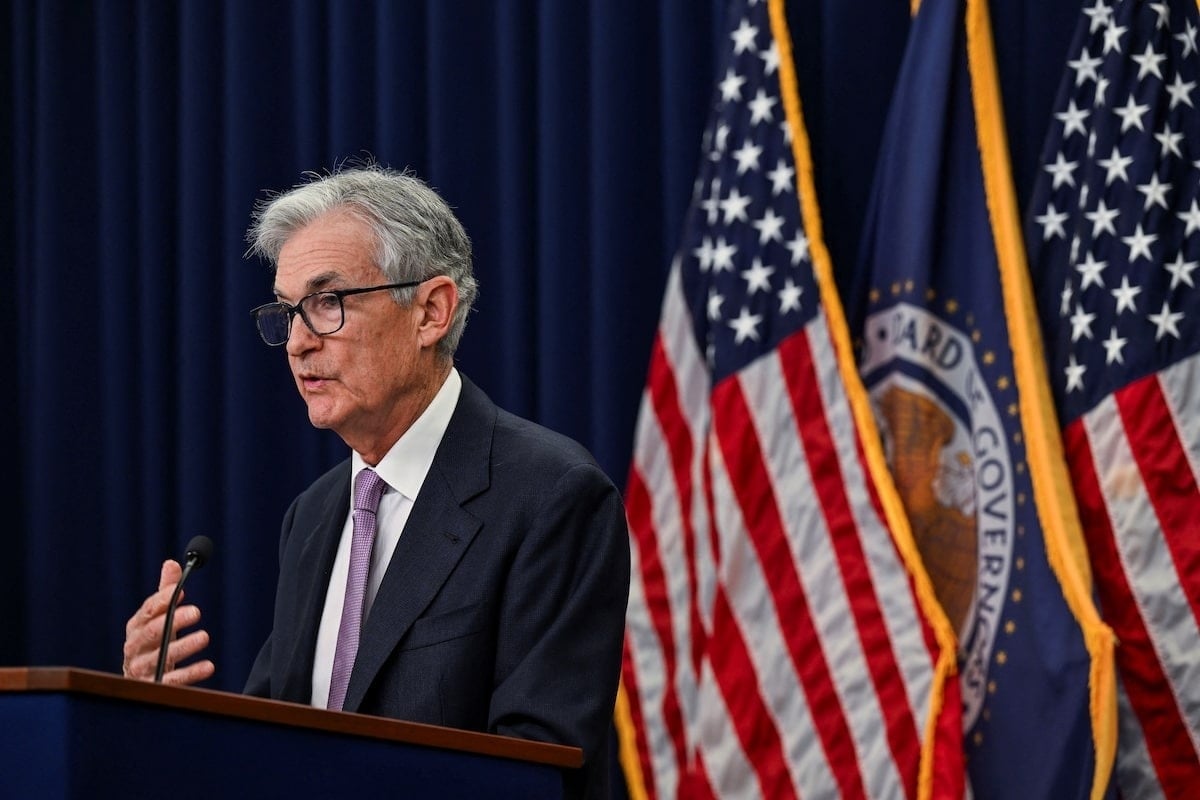 |
| Fed Chairman Jerome Powell |
This shocked traders, who had been pricing in almost all of another cut by the end of the year and even hoped for a deeper easing cycle in 2026. The divergence was further evident when Fed member Jeffrey Schmid voted to leave rates unchanged at the meeting. US Treasury yields quickly responded, with the 10-year yield rising to 4.0564%, while the 2-year yield rose 8 basis points to 3.5755%. The dollar strengthened 0.6% against a basket of major currencies, weighing on risk assets.
While policy factors brought volatility, the corporate earnings season continued to be a highlight for the market. Technology and artificial intelligence (AI) remained the growth engines. Teradyne, a maker of automated testing equipment and robotic systems, rose 20.5%, leading the S&P 500, after reporting better-than-expected results. CEO Greg Smith said demand for AI-related testing remained strong.
Nvidia, the symbol of the “AI fever,” continued to rise by 3% and became the first company on Wall Street to reach a valuation of $5 trillion, just three months after surpassing the $4 trillion mark. Not only in the technology sector, even Caterpillar, the brand associated with construction and mining machinery, has benefited from the boom in AI data centers. The stock jumped 11.6% thanks to revenue and profit exceeding forecasts in the most recent quarter.
In contrast, many stocks were under heavy selling pressure. Fiserv, a financial technology and payments company, plunged 44%, its worst performance since going public in 1986, after disappointing earnings and a cut in its forecast for the year. Oreo and Toblerone owner Mondelez International lost 3.9% despite reporting strong results. The company is grappling with rising cocoa costs and warned of prolonged difficult conditions in some markets.
The trading session clearly showed a divergence: money still “flowed” strongly into groups that directly benefited from AI and technological innovation, while groups that were sensitive to economic cycles or had high input costs were being cautious by investors. This reflected a defensive strategy against unclear policy signals.
Looking ahead, markets will continue to closely monitor upcoming economic data releases such as the non -farm payrolls report, CPI and PMI, which could have a strong impact on monetary policy expectations. Any data that is too hot or too weak could increase volatility, as expectations on the path of interest rates are very sensitive.
The October 29 session can therefore be seen as a “record-breaking” session, with investors reluctant to sell off while the economy remains strong, but also reluctant to buy heavily for fear that the Fed will not provide enough support in the future. The biggest question now is: will another cut by the end of the year materialize? And will the tech-led rally spread to the rest of the market to ensure a more sustainable bull cycle?
With a mixed sense of anticipation and caution, Wall Street is holding its breath as it enters a crucial phase of the easing cycle and economic data. Investors will need to be more steadfast in risk management and choose stocks with strong fundamentals, especially those that can catch the AI wave or maintain resilience in a volatile interest rate environment.
Source: https://thoibaonganhang.vn/cat-lai-suat-lan-hai-fed-khien-pho-wall-dao-dong-giua-ky-vong-va-lo-au-172748.html


![[Photo] Opening of the 14th Conference of the 13th Party Central Committee](https://vphoto.vietnam.vn/thumb/1200x675/vietnam/resource/IMAGE/2025/11/05/1762310995216_a5-bnd-5742-5255-jpg.webp)






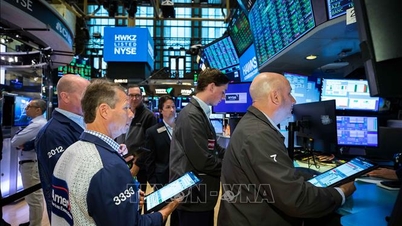

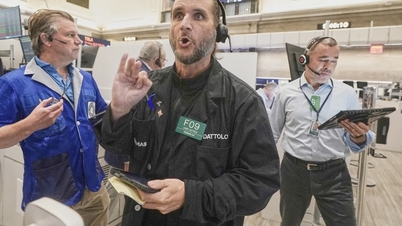




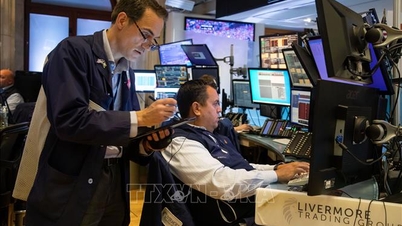














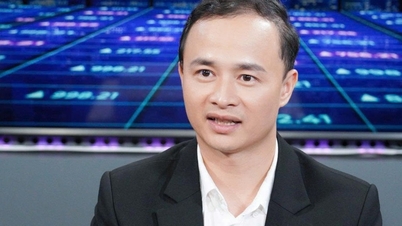




![[Photo] Panorama of the Patriotic Emulation Congress of Nhan Dan Newspaper for the period 2025-2030](https://vphoto.vietnam.vn/thumb/1200x675/vietnam/resource/IMAGE/2025/11/04/1762252775462_ndo_br_dhthiduayeuncbaond-6125-jpg.webp)

































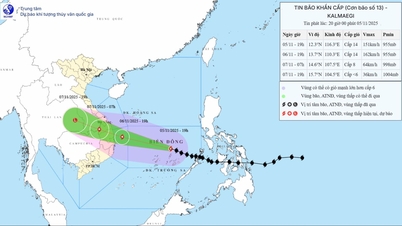

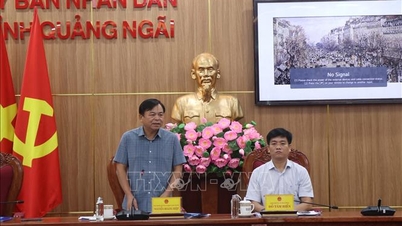










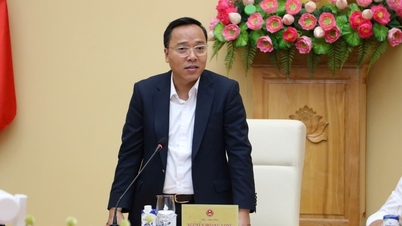








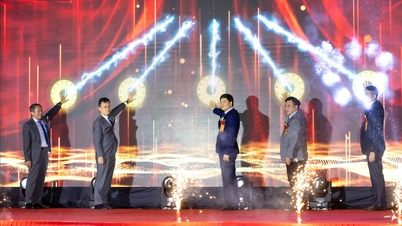

















Comment (0)